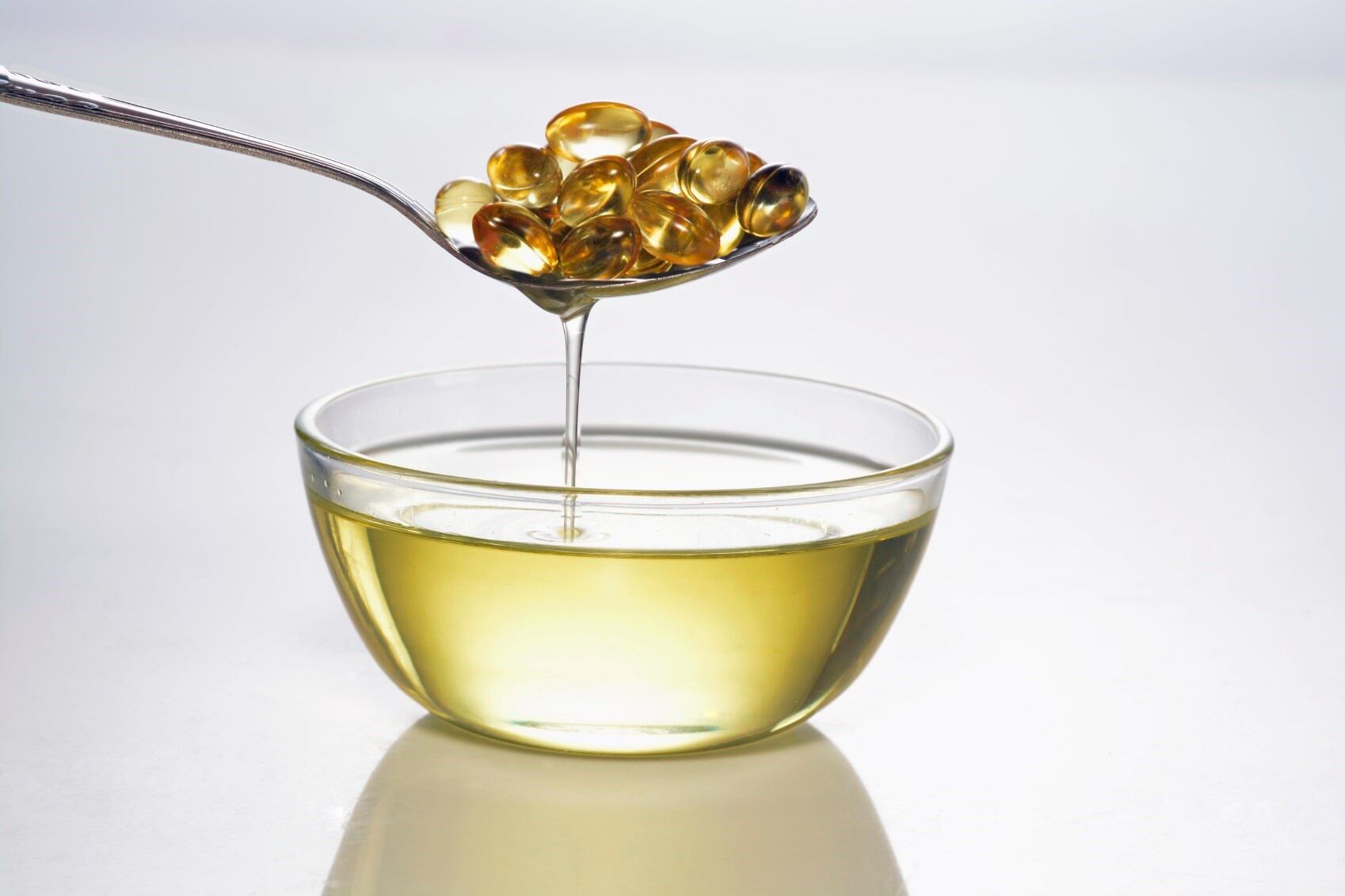Data from almost 480 people indicated that daily omega-3 supplements decreased tear evaporation rates and improved other markers of eye health.
“The rampant use of personal computers and Internet has led to an increase in dry eye symptoms in young and middle aged individuals and office going population,” explained researchers led by Rahul Bhargava from the Laser Eye Clinic in Noida.
“Although dryness of eye has been more prevalent among elderly women; in present study, preponderance of dry eye symptoms in young patients highlight the increasing impact computers in causing dry eye disease.
“Omega-3 fatty acid dietary supplementation significantly reduced symptoms in the omega-3 group as compared to placebo group; 70% of patients were totally symptom free in contrast to 14.9% patients in the placebo group at conclusion,” they wrote in Contact Lens and Anterior Eye.
Promising, but…
Commenting on the study’s findings Harry Rice, PhD, VP of regulatory & scientific affairs for the Global Organization for EPA and DHA Omega-3s (GOED), told us: “This study adds to the growing body of scientific evidence supporting the benefits of EPA+DHA for dry eye syndrome. While the promise is definitely there, the totality of the evidence remains somewhat inconclusive due to the difficulty in comparing results among studies.
“First, dry eye is a multifactorial disease, affecting both tears and the surface of the eye. Second, diagnostic tests such as tear break-up time (TBUT), Schirmer test, Ocular Surface Disease Index (OSDI), and meibomian gland expression, are not standardized. Third and last, some of the tests are poorly associated with subjective reporting of symptoms by individuals.”
Study details

The researchers recruited 478 people with dry eyes who were using computers for at least three hours per day for at least one year and randomly divided them into one of two groups: The first groups received daily omega-3 supplements (360 mg EPA and 240 mg of DHA) and the second group received placebo (olive oil) for three months.
A number of measurements were recorded, including dry eye symptoms, the Nelson grade, Schirmer test, TBUT and conjunctival impression cytology (CIC).
“There was a significant improvement in symptoms, Schirmer, TBUT and Nelson grade in the omega-3group; the main cytological feature being presence of smaller cells with both polygonal and round shape and increase in goblet cell counts,” wrote the researchers.
“The significant improvement in dry eye symptoms and TBUT scores in the omega-3 group suggests that omega-3 dietary supplementation improves inherent tear film stability rather than increasing tear volume and production. This observation was further reinforced by decreased tear evaporation rates improved Nelson grade in the omega-3 group,” wrote the researchers.
“Thus in conclusion, dietary consumption of [omega-3s] causes significant improvement in dry eye symptoms, decreases tear evaporation rate and better Nelson grade, as evidenced by increased goblet cell density and improved epithelial cellular morphology,” they concluded.
The researchers were affiliated with the Laser Eye Clinic in Noida, Santosh Medical College and Hospital (Ghaziabad), Rotary Eye Hospital (Maranda), and Narayan Medical College ( ).
Source: Contact Lens and Anterior Eye
Volume 38, Issue 3, Pages 206-210, doi: 10.1016/j.clae.2015.01.007
“Oral omega-3 fatty acids treatment in computer vision syndrome related dry eye”
Authors: R. Bhargava, P. Kumar, H. Phogat, A. Kaur, M. Kumar

